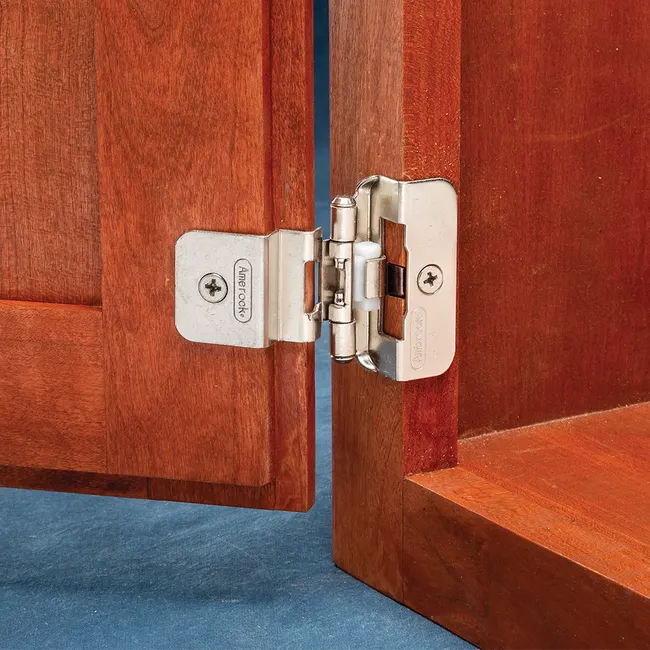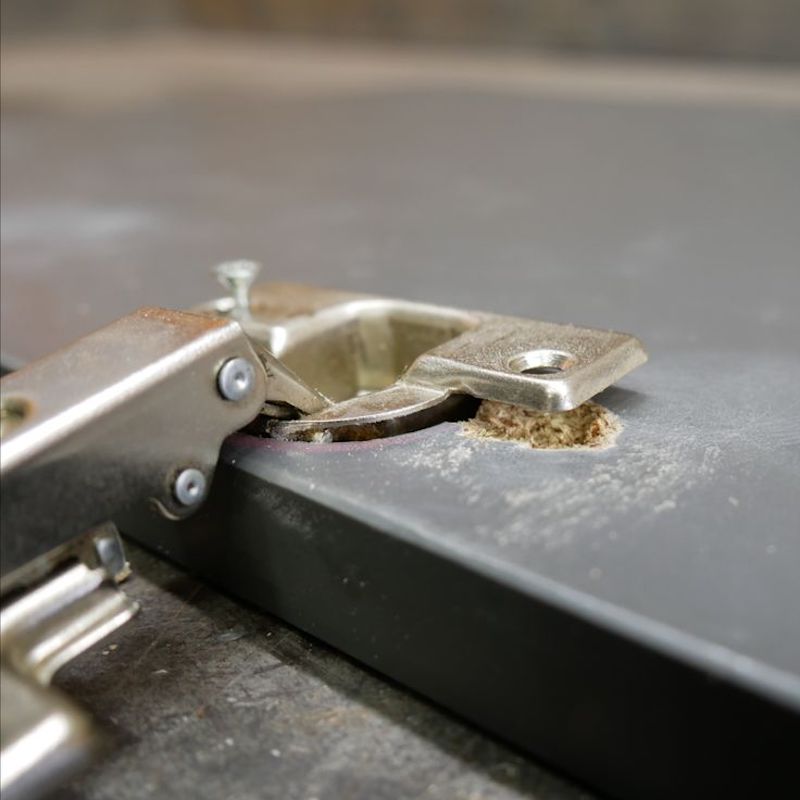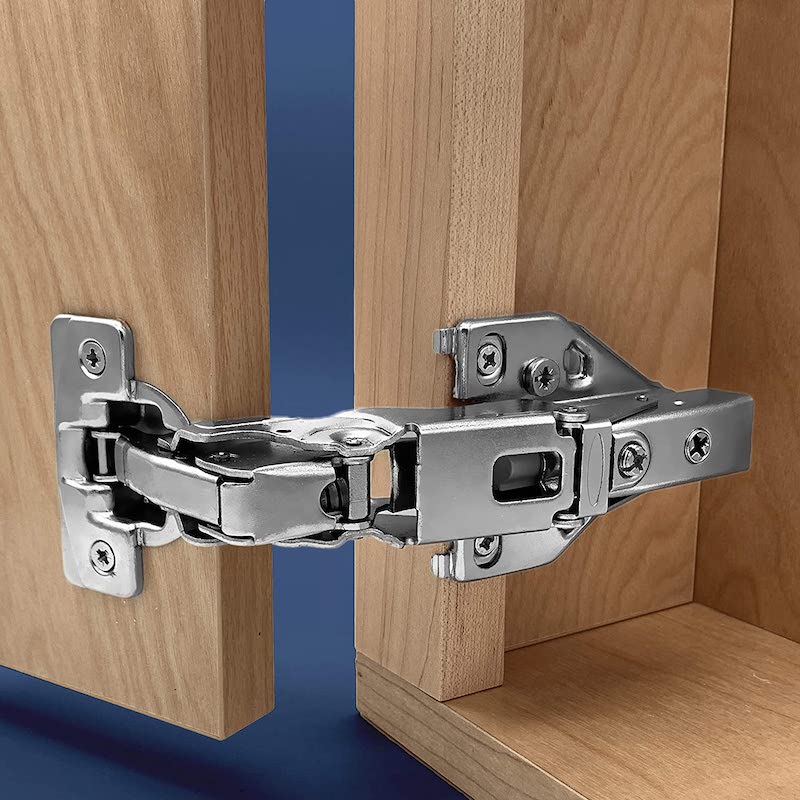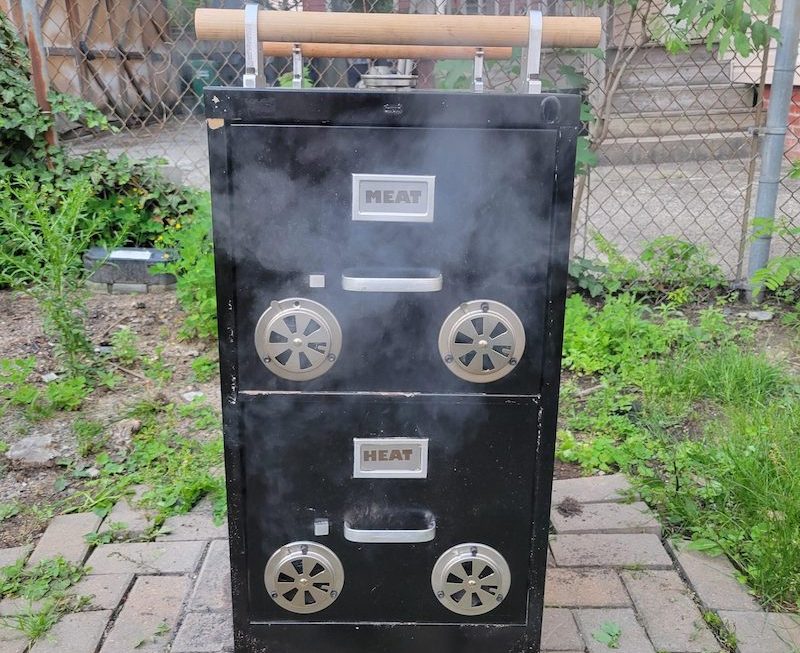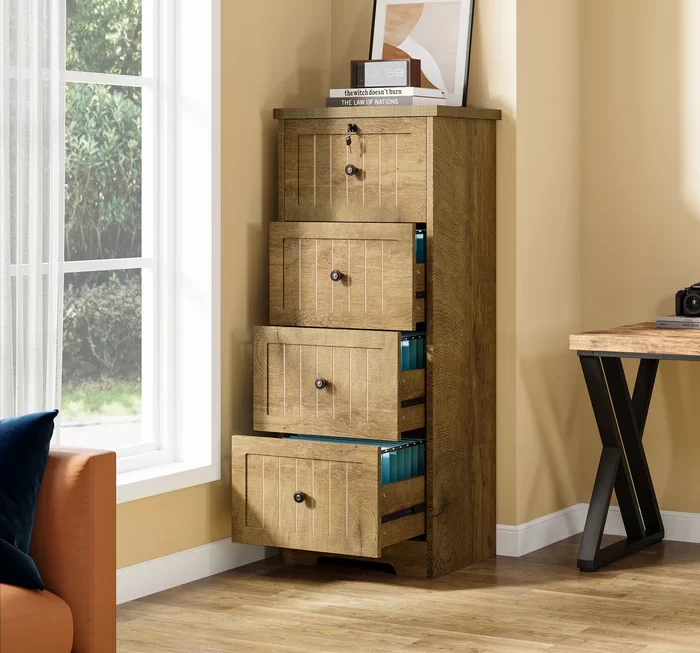Common Causes of Cabinet Door Problems
Cabinet hinges are hardware components that allow the door of a cabinet to swing open and closed. There are various types of cabinet hinges, including concealed hinges, surface-mounted hinges, and inset hinges. These hinges are typically made of metal and are designed to withstand repetitive opening and closing of the cabinet door. They come in a variety of sizes and finishes to match the style and design of the cabinet. Cabinet hinges are essential for the proper functioning of cabinet doors and are often installed during cabinet assembly or as replacements for damaged or worn-out hinges. Cabinet doors are essential to our homes but can have issues. How to fix cabinet hinges? Let’s explore common causes why doors might not function as they should.
Broken Cabinet Hinges
How to fix cabinet hinges?
Broken cabinet hinges are a frequent issue. Daily use leads to wear and tear, especially in kitchens. When hinges break, doors begin to sag.
Loose Hinge Screws
Over time, hinge screws can loosen. This causes the door to hang incorrectly and not close properly.
Stripped Screw Holes
Screws may not tighten due to stripped holes. This happens when the wood erodes, and screws can’t grip.
Overweight Cabinet Doors
Heavy doors strain hinges and screws. They can cause breakage or screws to loosen beyond repair.
Hinges Detached from the Door
Sometimes, hinges come away from the door itself. This leaves a gap and prevents the door from closing.
Doors Overlapping or With Gaps
Misalignment can cause doors to overlap or have gaps. This calls for hinge adjustments for proper closure.
Step-by-Step Guides for Fixing Hinges
How to fix cabinet hinges? When cabinet doors act up, it’s often due to hinge issues. Let’s dive into solutions you can do yourself.
Tightening Hinge Screws
Loose screws cause hinge woes. To fix, just tighten them with a screwdriver. Do it while the door’s closed for best alignment.
Adjusting Hinges for Alignment
Doors not lining up right? Turn the screws on the hinges. Clockwise or counterclockwise, small turns should do the trick.
Repairing Stripped Holes with Matches and Glue
Stripped holes can’t hold screws tight. Fix this by putting matches and glue in the hole. Let it dry, then re-screw.
Adding Additional Hinges for Support
Heavy doors might need more hinges. This spreads out the weight. Just add another hinge for better support.
Filling and Redrilling Holes in Cabinet Doors
Holes too big? Fill them with wood filler, then sand it flat. Redrill the hole, and you’re good to go.
Aligning Cabinet Doors to Eliminate Overlaps and Gaps
If doors overlap or gap, adjust the hinges. Turn the screws until the doors sit just right, with no overlaps or gaps.
Tips for Maintaining Cabinet Door Functionality
How to fix cabinet hinges? Maintaining cabinet doors ensures they function well for a long time. Let’s look at simple maintenance tips.
Routine Checks and Tightening
Check your cabinet hinges regularly. Tighten any loose screws you find. Use a screwdriver and do this often to prevent issues.
Lubricating Hinges for Smoother Operation
Lubricate your cabinet hinges for smooth operation. Use a suitable lubricant. Apply lightly and operate the door to spread it. Do this yearly or when needed.
Recognizing When to Replace Hinges
Inspect your hinges often. Look for any signs of wear or damage. If problems persist after fixing, consider replacing your hinges. It’s necessary when they no longer support the door properly or show extensive wear.
Advanced Solutions for Stubborn Problems
How to fix cabinet hinges? Sometimes, regular maintenance isn’t enough. Here, we tackle tougher issues.
Replacing Damaged Hinges
When hinges break, it’s often best to replace them. Here’s how:
- Remove the broken hinge with a screwdriver.
- Take the broken hinge to the store.
- Match it with a new hinge of the same size.
- Screw the new hinge onto the door.
- Check the door alignment and adjust if needed.
Replace hinges to keep doors functioning smoothly.
Remedying Warped or Swollen Doors
Warped or swollen doors are tricky. To fix them:
- Remove the door from its hinges.
- Lay the door on a flat surface.
- Apply gentle pressure to correct warping.
- For swelling, lightly sand the edges.
- Rehang the door and check the fit.
Take care of warped or swollen doors to close them properly.
Strategies for Replacing Cabinet Hinges
Cabinet hinges might need replacing over time. This guide will help you do it right.
Identifying the Right Hinge Type
First, find out which hinge type you need. Check the old hinge style and shape. Measure the size and note how it fits your cabinet door. Some common types are butt hinges, European hinges, and flush hinges. Pick the one that matches your current setup.
Purchasing the Correct Hinges and Screws
Once you know the hinge type, buy the right ones. Head to a hardware store or shop online. Make sure to get the exact size and screws that fit well.
Installing New Hinges
Ready to install? First, remove the old hinges with a screwdriver. Place the new hinge in the same spot. Use new screws to secure it. If the holes are stripped, refer back to the repair tips in this blog. Test the door to make sure it closes and opens smoothly.
Enhancing Cabinet Aesthetics and Longevity
Maintaining functional and attractive cabinets is a key part of home care.
Choosing Quality Hinges for Long-Term Use
When you select hinges, quality matters for durability. Cheap hinges might save money today but lead to problems down the road. Investing in high-grade materials can prevent frequent hinge failures. Look for corrosion-resistant hinges with sturdy construction.
For longevity, select hinges that support the weight of your cabinet doors. Heavier doors need stronger hinges. Also, consider hinges with built-in soft-close features. These reduce stress on the screws and wood by preventing slamming.
Upgrading Cabinet Hardware for a Fresh Look
Cabinet hinges are hardware used to attach cabinet doors to their frames, allowing the doors to open and close smoothly. They come in various types, including surface-mounted hinges, concealed hinges, and semi-concealed hinges. The choice of hinge depends on the type of cabinet and the desired aesthetic. Hinges can be made from materials such as steel, brass, or nickel, and may feature different finishes like chrome, bronze, or black. They also come in various styles, such as self-closing, soft-close, and inset. The proper selection and installation of cabinet hinges are essential for ensuring the functionality and durability of the cabinets.
New hardware can transform the look of your cabinets. Swap out old knobs and pulls for modern styles. This simple change can make a big impact. Choose hardware that complements your kitchen’s style. Whether sleek and modern or rustic and traditional, there are options. But it’s not only about looks. Ensure the new hardware fits comfortably in your hand and functions well. When installing new hardware, take care to align it properly. Misaligned hardware can look off and affect the door’s function. Once installed, test the doors. Make sure they open and close with ease. Upgrades like these boost your home’s appeal and make your cabinets last longer.
Additionally, in a world filled with so much noise and chaos, finding moments of peace and stillness is crucial for our mental and emotional well-being. Whether it’s through meditation, yoga, or simply taking a walk in nature, finding ways to quiet our minds and connect with ourselves is invaluable. It allows us to process our thoughts, release stress, and gain clarity about our lives. When we prioritize moments of stillness and self-reflection, we become better equipped to navigate the challenges and complexities of life. So, let’s make it a priority to cultivate stillness in our daily lives, for the benefit of our overall well-being.
